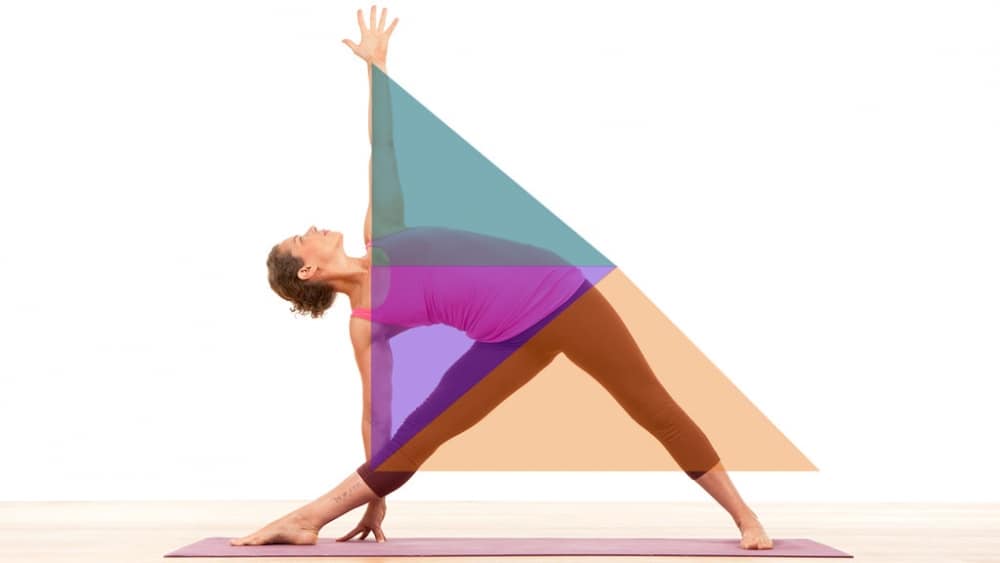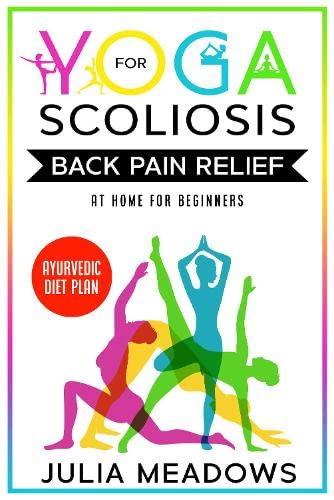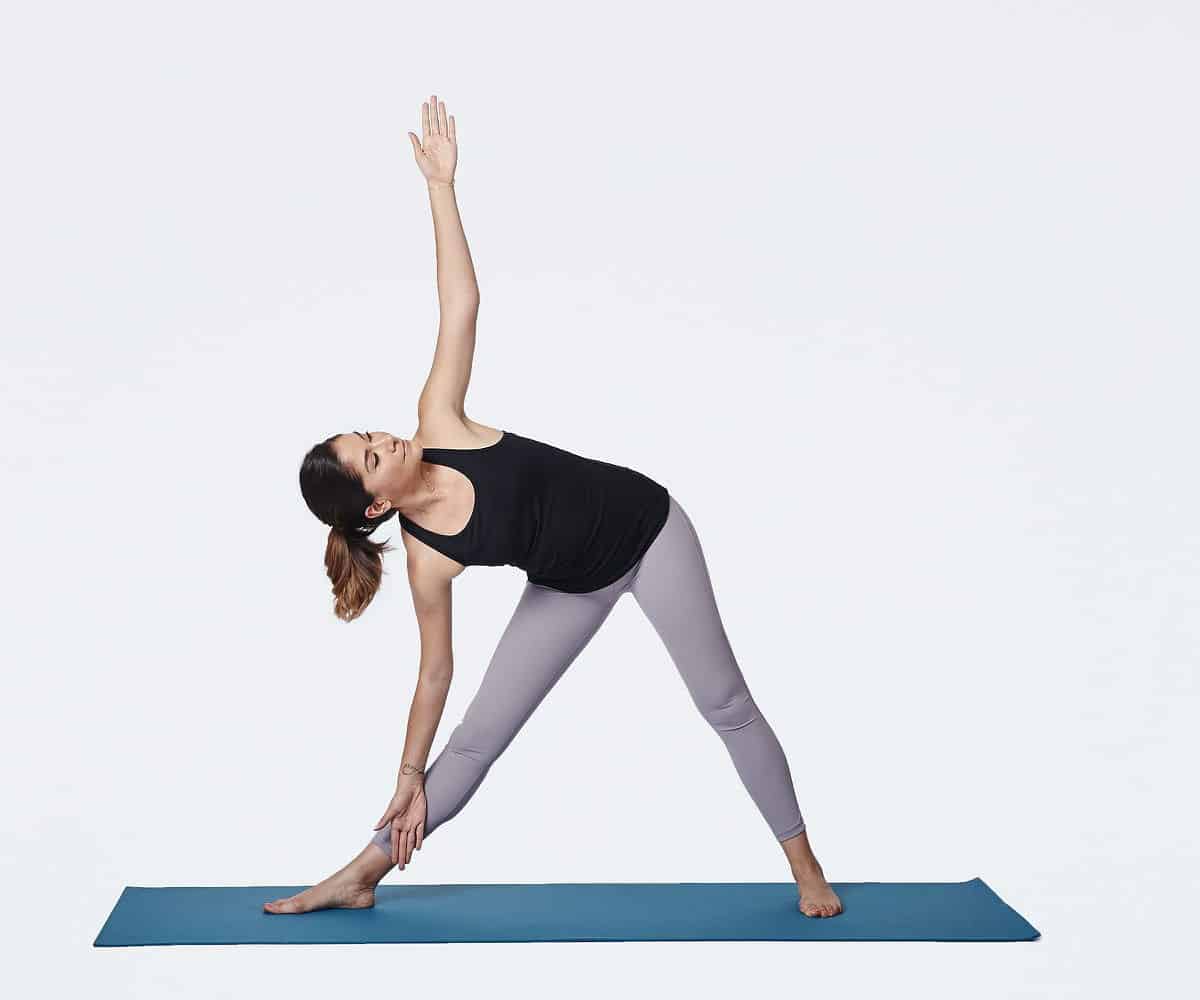Yoga and postural awareness go hand in hand. By practicing yoga regularly, you can enhance your postural awareness, which is crucial for maintaining good posture and preventing musculoskeletal issues.
In this article, we will explore what postural awareness is, why it is important in daily life, how yoga can help improve it, specific yoga poses for postural awareness, practical tips for incorporating postural awareness into daily life, and conclude with the benefits of cultivating postural awareness through yoga.
What is postural awareness?
Postural awareness refers to the conscious recognition and understanding of your body’s alignment and posture. It involves being aware of how you hold yourself, the position of your spine, and the alignment of your joints.
Good postural awareness allows you to maintain a balanced and aligned posture, reducing the strain on your muscles and joints.
The importance of postural awareness in daily life
Having good postural awareness is essential for various reasons. Firstly, it helps prevent musculoskeletal issues such as back pain, neck pain, and joint problems. When you maintain proper alignment, the load on your muscles and joints is distributed evenly, reducing the risk of strain and injury.
Secondly, postural awareness contributes to better breathing and circulation. When your body is aligned correctly, your lungs have more space to expand, allowing for deeper and more efficient breathing. Improved circulation ensures that oxygen and nutrients are delivered to your muscles and organs effectively.
Furthermore, good posture enhances your overall appearance and self-confidence. When you stand tall with proper alignment, you exude confidence and appear more attractive. It also positively impacts your mood and energy levels.
How yoga can help improve postural awareness
Yoga is a powerful practice that can significantly improve your postural awareness. Here are some ways in which yoga can help:
Focus on alignment
Yoga classes often emphasize proper alignment in each pose. By paying attention to alignment cues from your instructor, you become more aware of how your body is positioned and aligned. This awareness carries over into your daily life, helping you maintain better posture even when you’re not on the mat.
Strengthening core muscles
A strong core is essential for maintaining good posture. Yoga poses like Plank, Boat, and Warrior III engage and strengthen the core muscles, including the abdominals, back muscles, and pelvic floor. As these muscles become stronger, they provide better support for your spine, reducing the likelihood of slouching or hunching.
Improving flexibility
Yoga also improves flexibility, which is crucial for maintaining proper posture. Tight muscles can pull your body out of alignment, leading to poor posture. By regularly practicing yoga, you can increase your flexibility and release tension in your muscles, allowing for better alignment and posture.
Developing body awareness
Yoga encourages you to develop a deeper connection with your body. Through mindful movement and breath awareness, you become more attuned to the sensations and alignment of your body. This heightened body awareness translates into improved postural awareness, as you become more conscious of how you hold yourself throughout the day.
Specific yoga poses for postural awareness
Certain yoga poses are particularly beneficial for improving postural awareness. Here are a few examples:
Mountain pose (Tadasana)
Mountain pose is the foundation for all standing poses in yoga. It helps you align your body from head to toe, promoting good posture and balance. Stand tall with your feet hip-width apart, engage your core, roll your shoulders back and down, and lengthen your spine. Imagine yourself as a mountain, grounded and steady.
Tree pose (Vrksasana)
Tree pose challenges your balance and strengthens the muscles in your feet, legs, and core. It also encourages you to find stability and alignment in your posture. Stand tall, shift your weight onto one leg, and place the sole of your other foot on your inner thigh or calf. Bring your hands to your heart center and find a focal point to help you balance.
Warrior II pose (Virabhadrasana II)
Warrior II pose strengthens the legs, opens the hips, and improves overall body alignment. Stand with your feet wide apart, turn your right foot out, and bend your right knee. Extend your arms out to the sides, keeping them parallel to the floor. Gaze over your right fingertips and sink into the pose, feeling the strength and stability in your body.
Bridge pose (Setu Bandhasana)
Bridge pose stretches the chest, shoulders, and spine while strengthening the glutes and hamstrings. Lie on your back with your knees bent and feet hip-width apart. Press your feet into the mat, lift your hips off the ground, and interlace your hands beneath your body. Lift your chest towards your chin and breathe deeply, feeling the opening in your chest and the lengthening of your spine.
Practical tips for incorporating postural awareness into daily life
In addition to practicing yoga, you can incorporate postural awareness into your daily life with these tips:
– Take regular breaks from sitting and stretch your body.
– Sit and stand tall, imagining a string pulling you up from the top of your head.
– Use ergonomic furniture and equipment that support good posture.
– Practice mindfulness and check in with your body throughout the day.
– Engage in exercises that strengthen your core and back muscles.
Conclusion
Yoga is a powerful tool for improving postural awareness. By focusing on alignment, strengthening core muscles, improving flexibility, and developing body awareness, you can enhance your posture and prevent musculoskeletal issues.
Incorporating specific yoga poses into your practice, such as Mountain pose, Tree pose, Warrior II pose, and Bridge pose, can further improve your postural awareness. By incorporating postural awareness into your daily life, you can enjoy the benefits of better posture, improved breathing, and increased self-confidence.
So roll out your mat, strike a pose, and embrace the transformative power of yoga for postural awareness.
Originally posted 2023-06-02 17:35:58.





